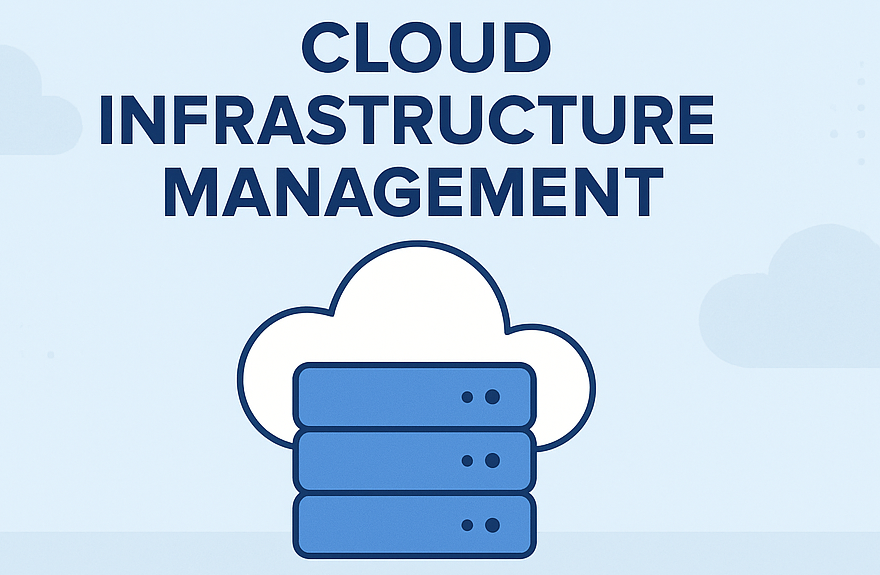
Introduction
In today’s digital landscape, businesses require scalable and reliable computing infrastructure to meet the demands of their applications. Moreover, Amazon EC2 (Elastic Compute Cloud) stands at the forefront of cloud computing, offering a robust platform with an array of features and a flexible architecture. Furthermore, In this blog, you will get more ideas about its features and architecture of Amazon EC2 .
What is Amazon EC2 ?
Amazon Elastic Compute Cloud is a core component of Amazon Web Services that provides resizable compute capacity in the cloud. Additionally, It enables users to run virtual servers, known as instances, to host applications and services. Furthermore, EC2 instances can be quickly and easily scaled up or down based on demand, allowing businesses to pay only for the compute capacity they actually use.
Features of Amazon EC2
- Scalability: Amazon EC2 allows users to scale their compute capacity easily. Also you can increase or decrease the number of instances running your application based on the changing demands of your workload.
- Variety of Instance Types: EC2 offers a broad selection of instance types optimized to fit different use cases. These include general-purpose instances, compute-optimized instances, memory-optimized instances, storage-optimized instances, and more. Furthermore, each instance type is designed to provide specific compute, memory, and storage capabilities.
- Pay-as-You-Go Pricing: EC2 operates on a pay-as-you-go pricing model, charging users for the compute capacity they use on an hourly basis . Additionally, this flexibility allows businesses to optimize costs and adapt to changing requirements.
- Elastic IP Addresses: EC2 offers Elastic IP addresses, allowing users to allocate and associate static IPv4 addresses with their instances. Furthermore, this allows for easy remapping of IP addresses to different instances, facilitating seamless migration and failover.
- Security Groups and Network Access Control Lists (NACLs): EC2 instances are safeguarded by security groups, functioning as virtual firewalls to manage inbound and outbound traffic. Network Access Control Lists (NACLs) provide an additional layer of security by controlling traffic at the subnet level.
- Amazon Machine Images (AMIs): When you launch an EC2 instance, you do so from an Amazon Machine Image (AMI). AMIs are pre-configured templates that contain the necessary information to launch an instance, including the operating system, application server, and applications.
- Auto Scaling: Auto Scaling allows users to automatically adjust the number of EC2 instances in response to changing application demand. Furthermore this helps maintain performance, optimize costs, and improve fault tolerance.
- Identity and Access Management (IAM): IAM allows users to control access to EC2 instances and other AWS resources. Additionally, through IAM, you can manage users, groups, and permissions to ensure secure access to resources.
Architecture of Amazon EC2
- Virtual Private Cloud (VPC): Amazon VPC allows users to create a logically isolated section of the AWS cloud where they can launch EC2 instances and other AWS resources. Moreover, users can define their own IP address range, subnets, route tables, and network gateways to customize the network configuration of their VPC.
- Regions and Availability Zones: Users can deploy EC2 instances in multiple geographic regions around the world. Furthermore, each region consists of multiple Availability Zones, which are essentially isolated data centers with their own power, cooling, and networking infrastructure. This architecture enhances fault tolerance and availability.
- Key Pairs: Users employ key pairs to ensure secure SSH (Secure Shell) access to EC2 instances. Users create a key pair consisting of a public key and a private key. During launch, the user places the public key on the instance, while securely keeping the private key for authentication purposes.
- Instances: EC2 instances are virtual servers running within the AWS cloud. Users can launch instances with a variety of configurations, including different instance types, operating systems, CPU, memory, and storage options.
- Elastic Load Balancing (ELB): ELB automatically distributes incoming application traffic across multiple EC2 instances to ensure a balanced workload. Consequently, this improves fault tolerance and increases the availability of applications.
- Elastic Block Store (EBS): EC2 instances can use EBS volumes as durable block-level storage. Users can attach EBS volumes to instances, thereby providing scalable and reliable storage for data that persists beyond the life of an instance.

Conclusion
Amazon Elastic Compute Cloud (Amazon EC2) is a foundational and versatile service within the Amazon Web Services (AWS) ecosystem, providing resizable compute capacity in the cloud. With its diverse range of instance types, scalability features, and robust ecosystem of complementary services, EC2 empowers businesses to build and deploy applications with flexibility, efficiency, and cost-effectiveness. Its features and capabilities make it a fundamental building block for a wide range of cloud-based applications, allowing businesses to innovate, scale, and operate with agility in the dynamic landscape of cloud computing.
What’s Next ?
“We’re here to support you! Should you have any questions or need assistance, don’t hesitate to get in touch with us. Contact us at info@uranuscloudsolutions.com and we’ll be happy to help. Your satisfaction is our priority!”


